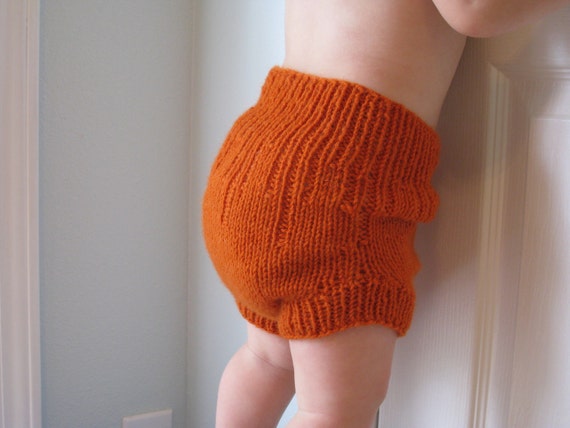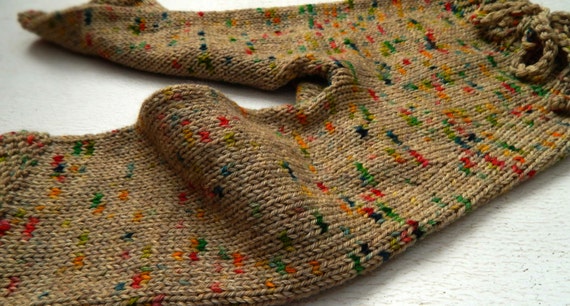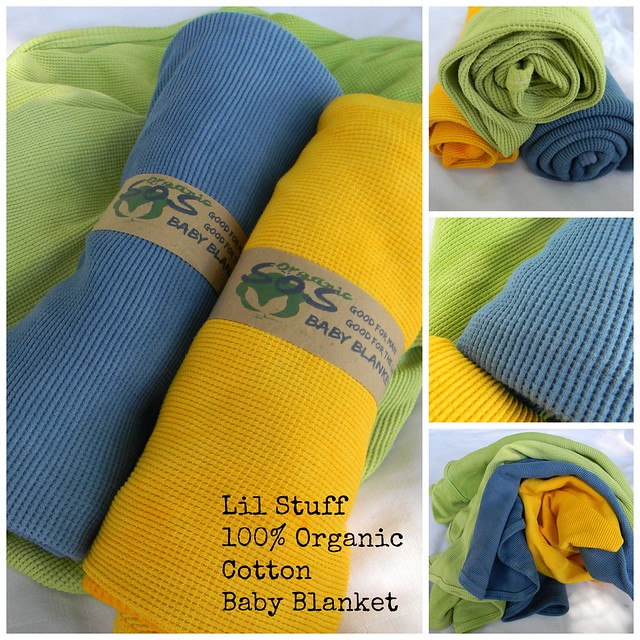Originally posted 11/16/12 by cloth diaper club.
.jpg) |
| A Batch of Covers Ready to Wash |
Whatever style wool cover you like best, if you want it to
last and work well, it needs to be properly cared for. Most 100% wool covers
will need to be hand washed and laid flat to dry. They will also need to be
lanolized in order to properly work as a diaper cover. Depending on the type of
wool, you may also need to do some cosmetic maintenance (like pulling off fuzzy
pills). If you have a hand knit cover you will want to be very careful when
using with pins or Snappies that the cover doesn’t get snagged when quickly
pulling on or off. Tears can also occur in repurposed wool covers if the wool
is soft and not tightly felted.
When should you wash your wool cover?
There are two ways to know, the smell test and the moisture
test. Firstly, does the cover smell after a proper airing out? If it does, it
is time to wash it. Is it leaking? If so, it needs to be lanolized. If it does
not smell, you could choose a lanolin spray to lanolize in between washings.
Otherwise, lanolize it as you are washing.

 Dissolve a small amount of lanolin (about a 1/4" bead per soaker,
or more for larger sizes or longies) in a cup with some hot water and wool wash
or a baby wash of your choice. You may also choose to use a lanolin enriched
wool wash.
Dissolve a small amount of lanolin (about a 1/4" bead per soaker,
or more for larger sizes or longies) in a cup with some hot water and wool wash
or a baby wash of your choice. You may also choose to use a lanolin enriched
wool wash.  If you cover has poopy residue on it (which is best wiped off
immediately with a damp cloth) gently clean it in warm water and maybe some lanolin soap without rubbing or
agitating it too much to prevent felting.
If you cover has poopy residue on it (which is best wiped off
immediately with a damp cloth) gently clean it in warm water and maybe some lanolin soap without rubbing or
agitating it too much to prevent felting.  Fill a sink or tub with warm water and
submerge your wool cover in the water. Pour your soap and lanolin mixture over
the cover and gently stir the water with your hand to disperse the lanolin.
Turn your cover in the water to get it coated. Let the cover soak for 15
minutes. Drain the water out of the sink. Gently rinse the cover in warm water.
Fill a sink or tub with warm water and
submerge your wool cover in the water. Pour your soap and lanolin mixture over
the cover and gently stir the water with your hand to disperse the lanolin.
Turn your cover in the water to get it coated. Let the cover soak for 15
minutes. Drain the water out of the sink. Gently rinse the cover in warm water.
(NOTE: If your cover is new and made from hand-dyed wool
check the water for bleeding of color. If you see a lot of color in the water,
repeat the washing and rinsing until the water is fairly clear. If the cover
becomes saturated during use and the wool has excess color, the color may bleed
onto diapers, clothing, or bedding.) Gently press the water out of the cover
without squeezing too much or twisting.
 Then lay the cover on a clean dry towel and roll the towel
up to squeeze out the extra water. Then lay the cover out to dry on another
towel or over a drying rack. Do not hang heavier covers like longies over a single bar
to dry because the weight of the damp wool will cause the cover to stretch. If
you want the cover to dry more quickly, lay it outside in the shade on warm day
or place it in front of a fan.
Then lay the cover on a clean dry towel and roll the towel
up to squeeze out the extra water. Then lay the cover out to dry on another
towel or over a drying rack. Do not hang heavier covers like longies over a single bar
to dry because the weight of the damp wool will cause the cover to stretch. If
you want the cover to dry more quickly, lay it outside in the shade on warm day
or place it in front of a fan.  If you have hand-knit longies or covers embellished with
ruffles, this is the time to do what is called blocking. While the cover is
damp on the towel, take the time to lay it out nicely and arrange any ruffles.
They will dry in the shape that you leave them. For ruffles, use your fingers
kind of like you are fluting a pie crust to puff up bell ruffles or to evenly
shape more free-flowing ruffles.
If you have hand-knit longies or covers embellished with
ruffles, this is the time to do what is called blocking. While the cover is
damp on the towel, take the time to lay it out nicely and arrange any ruffles.
They will dry in the shape that you leave them. For ruffles, use your fingers
kind of like you are fluting a pie crust to puff up bell ruffles or to evenly
shape more free-flowing ruffles.
 It’s hard to know before using a wool cover, but some wool
is more likely to get pills and fuzzies during wear. A few can be picked off by
hand, but if there are a lot, it will be tedious. I like to use a sweater
shaver to de-pill my covers. This can be done before or after washing and
drying. A sweater shaver costs around $10, or you could also use a sweater
stone as seen here. I prefer the shaver (even though it requires batteries)
because the stone tends to drag across some types of wool and pull. Lay the
cover flat and gently rub the shaver over the fuzzy areas in a circular motion.
Don’t go too fast, just let the shaver do its job, and when you are finished
your wool cover will look really revived.
It’s hard to know before using a wool cover, but some wool
is more likely to get pills and fuzzies during wear. A few can be picked off by
hand, but if there are a lot, it will be tedious. I like to use a sweater
shaver to de-pill my covers. This can be done before or after washing and
drying. A sweater shaver costs around $10, or you could also use a sweater
stone as seen here. I prefer the shaver (even though it requires batteries)
because the stone tends to drag across some types of wool and pull. Lay the
cover flat and gently rub the shaver over the fuzzy areas in a circular motion.
Don’t go too fast, just let the shaver do its job, and when you are finished
your wool cover will look really revived.
 It doesn’t take too much effort to keep your wool looking
nice and you can feel good about choosing a natural fiber with so many naturally good
qualities!
It doesn’t take too much effort to keep your wool looking
nice and you can feel good about choosing a natural fiber with so many naturally good
qualities!











